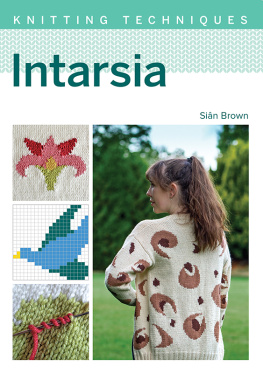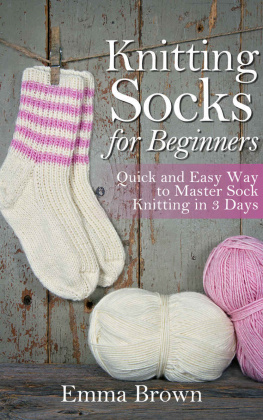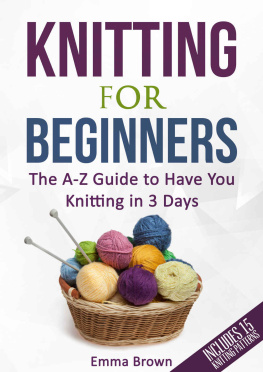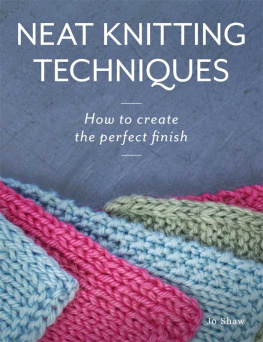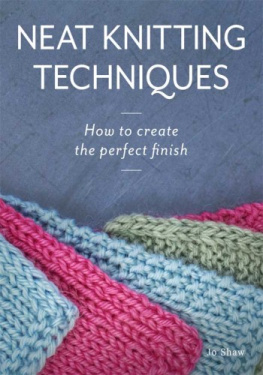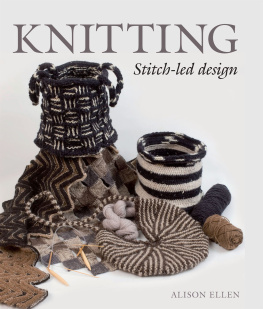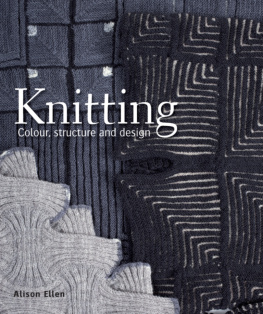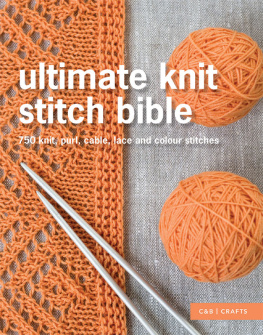Page List
Intarsia
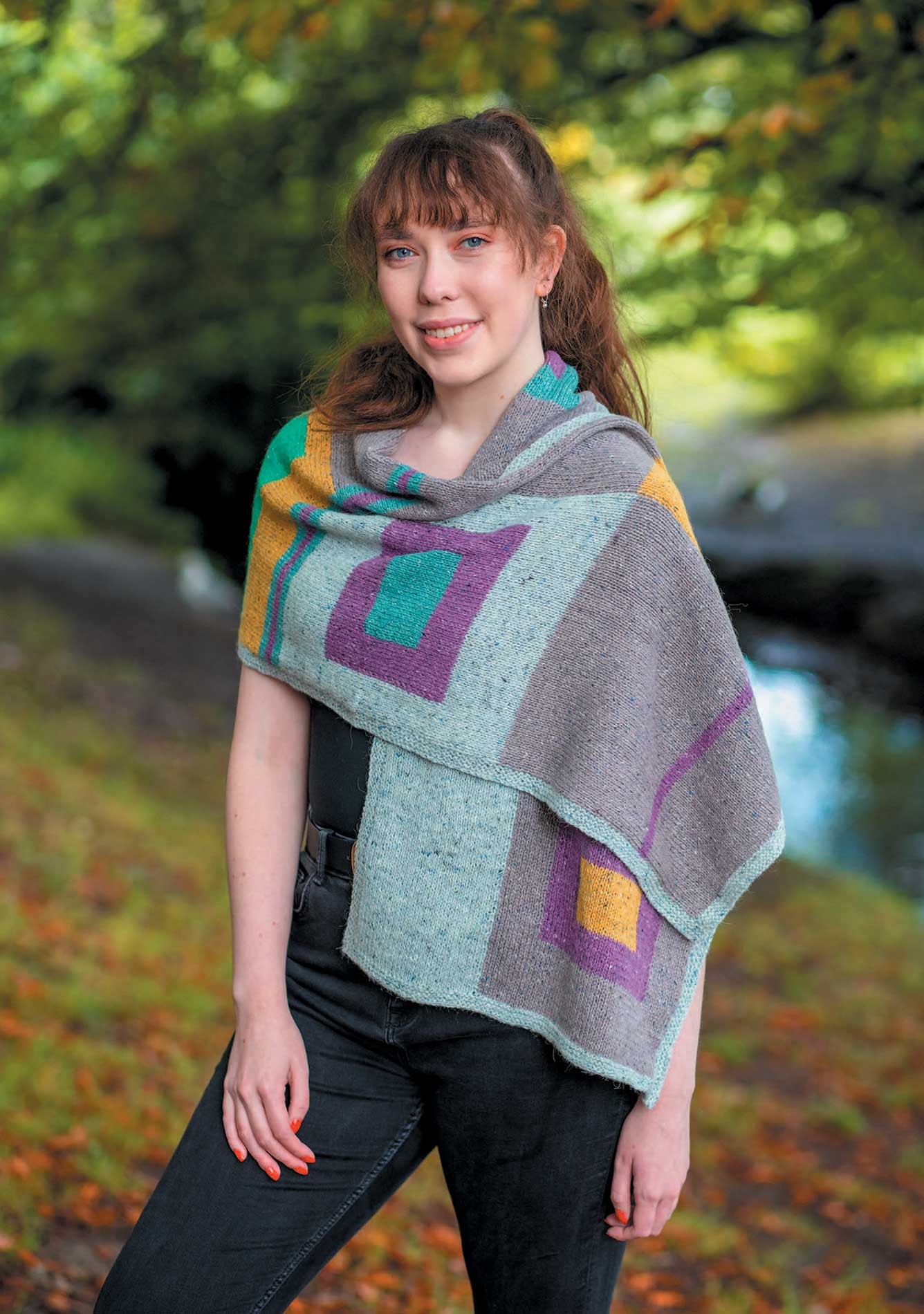
Intarsia
Sin Brown

First published in 2021 by
The Crowood Press Ltd
Ramsbury, Marlborough
Wiltshire SN8 2HR
enquiries@crowood.com
www.crowood.com
This e-book first published in 2021
Sin Brown 2021
All rights reserved. This e-book is copyright material and must not be copied, reproduced, transferred, distributed, leased, licensed or publicly performed or used in any way except as specifically permitted in writing by the publishers, as allowed under the terms and conditions under which it was purchased or as strictly permitted by applicable copyright law. Any unauthorised distribution or use of this text may be a direct infringement of the authors and publishers rights, and those responsible may be liable in law accordingly.
British Library Cataloguing-in-Publication Data
A catalogue record for this book is available from the British Library.
ISBN 978 1 78500 948 8
Cover design: Sergey Tsvetkov
Acknowledgements
A big thank you to the staff at Crowood Press for making this book possible.
Thanks to my friend and star knitter, Helen, for doing a lot of the knitting, and to Jenny Shore, for knitting the Sailboat Jumper.
To the lovely models Beth and Greyson, for the garment and wrap photos, and Rhiannon, for the glove photos. Well done to Greysons family for persuading a two-year-old to model. To Dee and Rich, for the photo of their baby daughter Evie on the Little Houses Cot Blanket.
To Penny Hill, for writing the patterns for the garments, and to Bronagh Miskelly, for writing the pattern for the gloves.
To Simon Booth, for the photography with models.
For yarn support, thanks to Rico Design, Scheepjes, Sirdar Sublime, Rowan and Paintbox Yarns, and thanks to the yarn companies and magazines that have allowed me to use their pattern images.
Thanks as always to my daughters, Hannah and Rhiannon, for their ongoing interest and support and for doing some of the animal sketches.
When I first learned to knit, Fair Isle repetitive motifs seemed to be the only way to introduce colour. Someone showed me how to do intarsia and my sudden ability to explore pools of colour burst on my designing imagination and Ive never looked back!
Kaffe Fassett
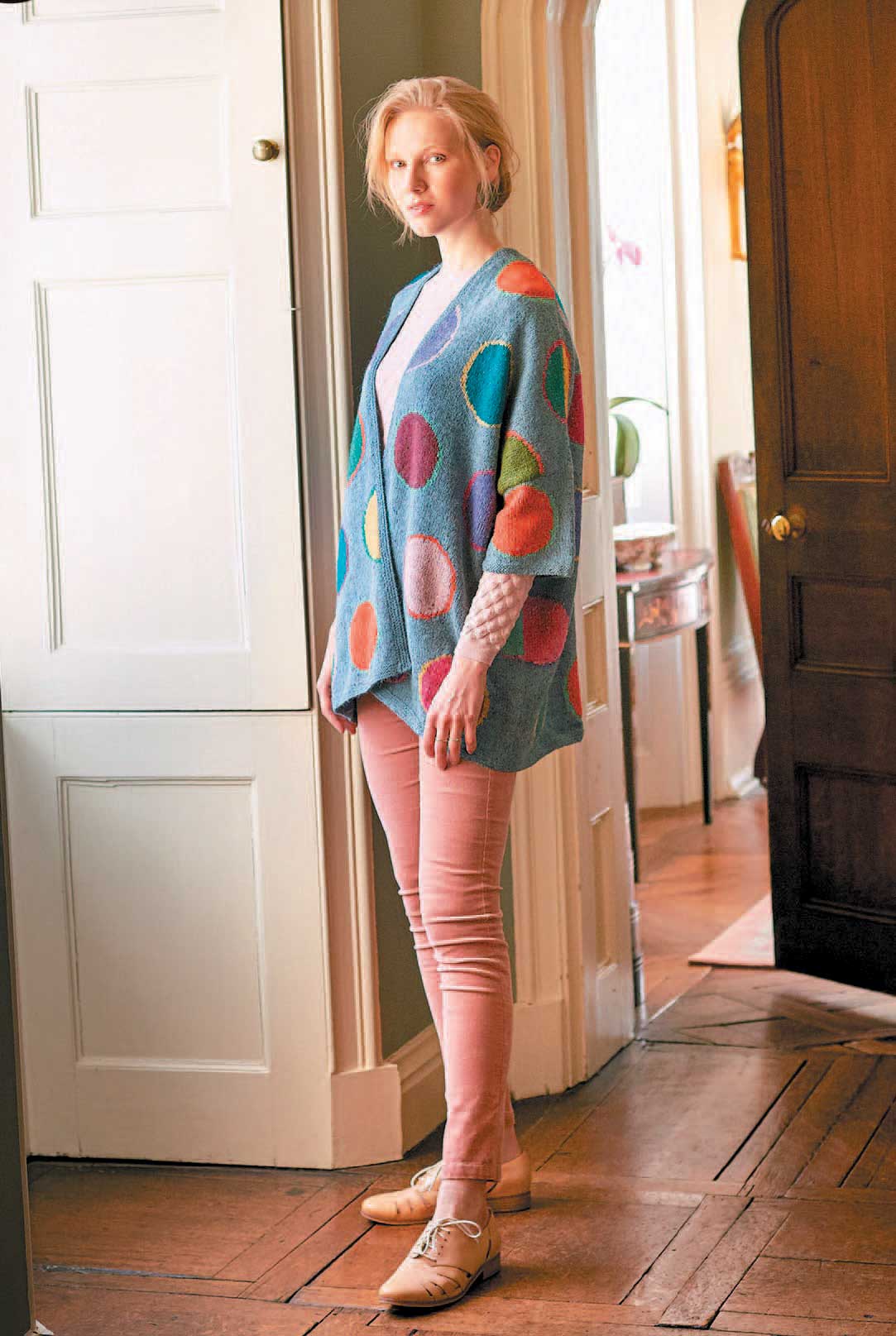
Kaffe Fassetts Halo Spots.
There seems to be some misgivings about intarsia being more difficult to manage than Fair Isle knitting. WRONG! It is so the other way. Intarsia is basically incorporating one stitch of the Fair Isle technique to lock down the yarn when moving from one colour to the other. Work with manageable lengths of yarn too, cut those balls off and clattering bobbins. Get a handle on intarsia youll feel liberated.
Brandon Mably
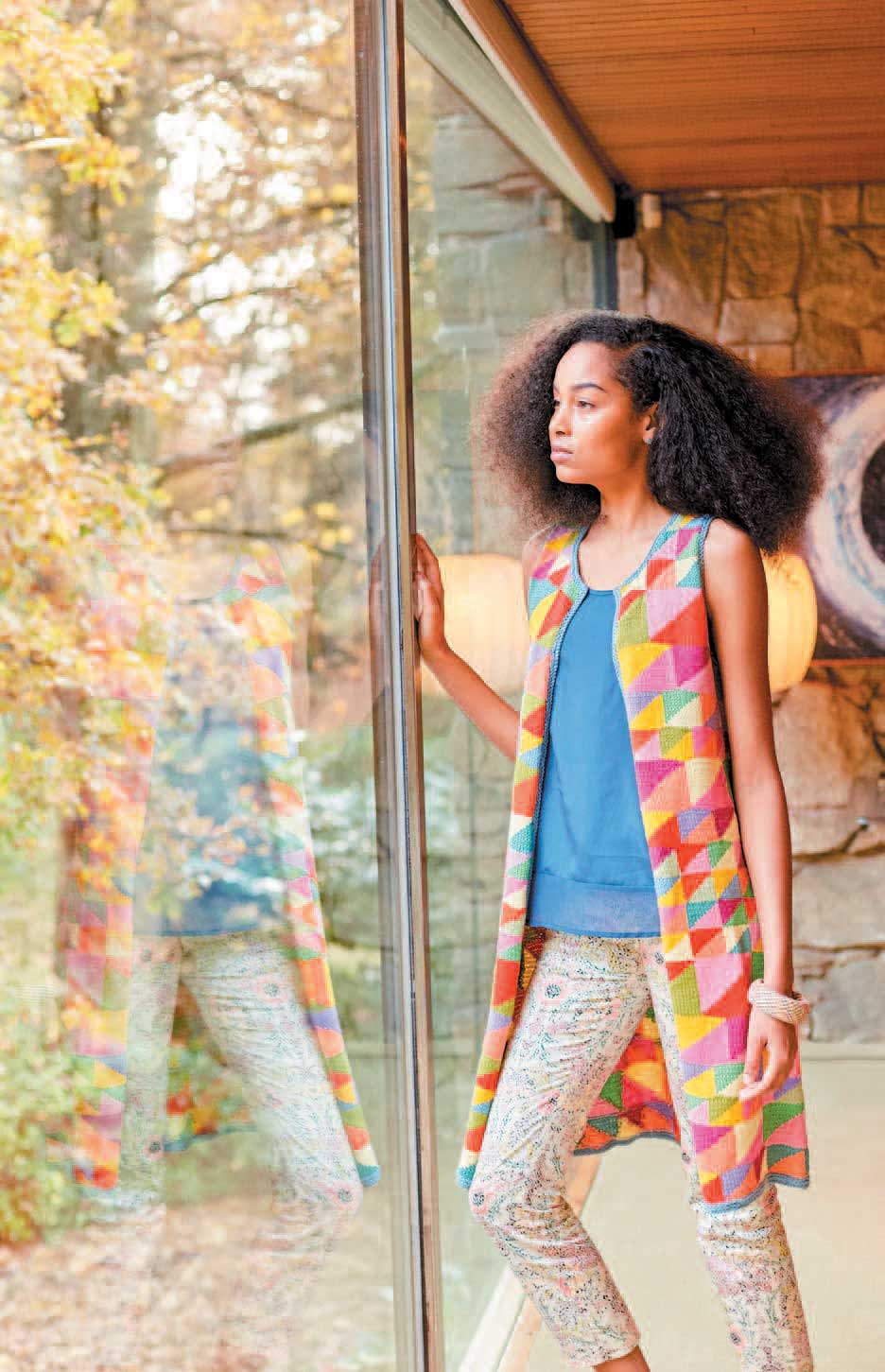
Kaffe Fassetts Sunset Sails.
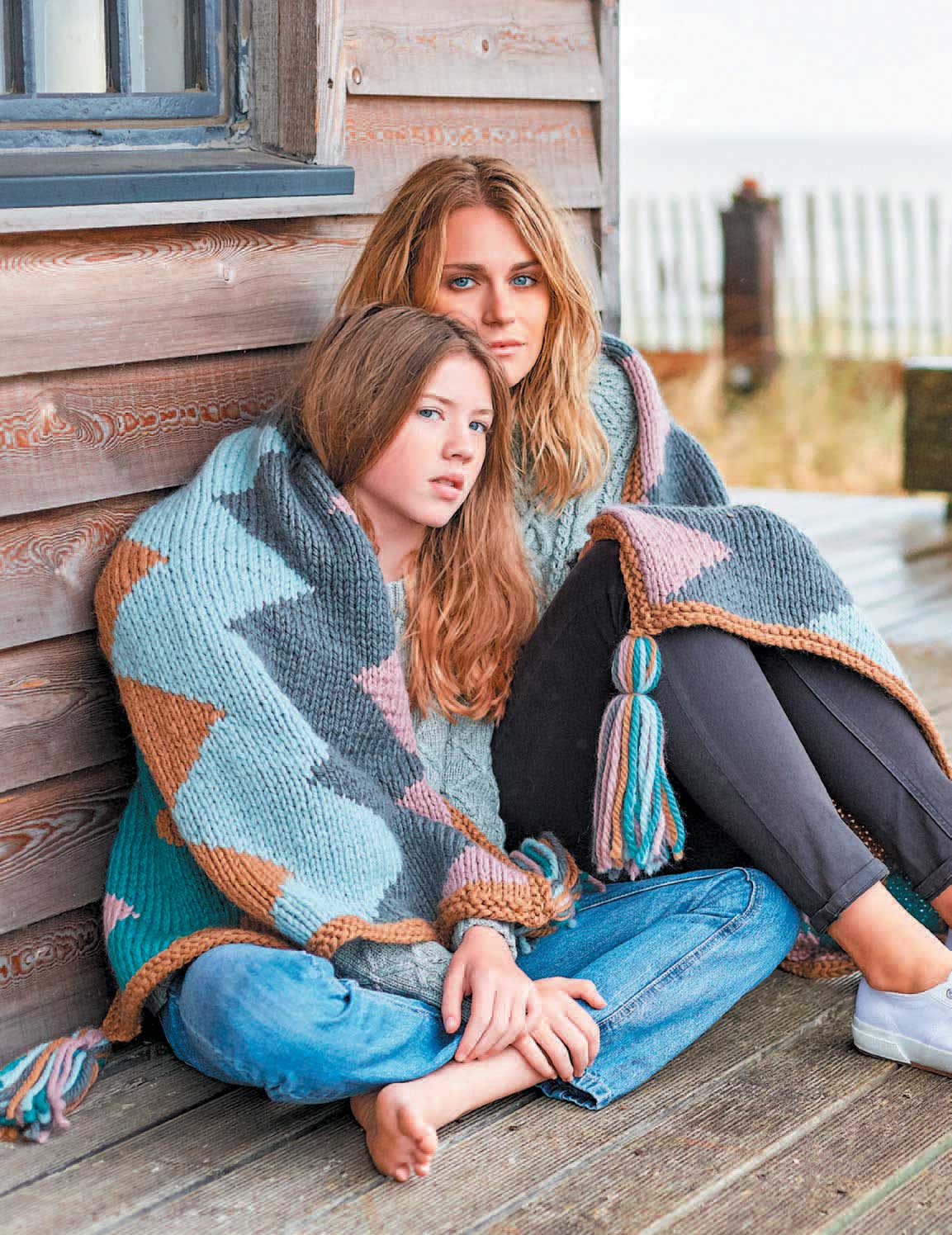
Brandon Mablys Porthtowan Blanket.
I developed the Sasha Kagan woven in version of the intarsia technique for my third book of knitwear designs Country Inspiration (Taunton Press, 2000). I felt that the motifs needed to be liberated from the constraint of using two or three colours per row as I had done previously. I find that being able to place a motif wherever I like gives a light relaxed feel to the garment, uses far less yarn and lets me use the knitted fabric as a painter would a canvas.
Sasha Kagan
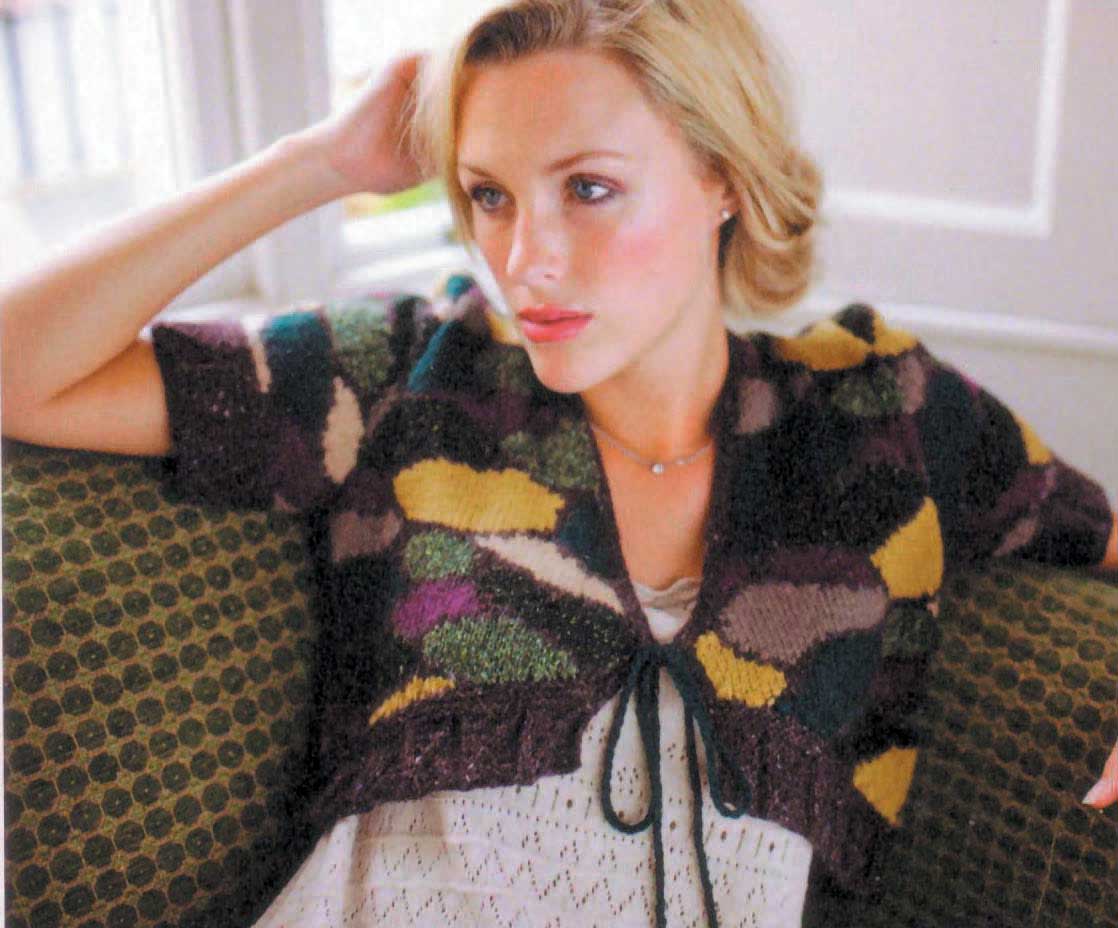
Sasha Kagans Lichen Bolero.
Abbreviations
| beg | begin |
| cont | continue |
| foll | following |
| inc | increase |
| k | knit |
| m1 | make 1 stitch: from front of work to back, insert tip of left-hand needle under the bar of yarn between the st just worked and the next st on left-hand needle and knit into back of loop created. (1 st increased) |
| m1 purlwise | make 1 stitch purlwise: from front of work to back, insert tip of left-hand needle under the bar of yarn between the st just worked and the next st on left-hand needle and purl into back of loop created. (1 st increased) |
| m1R | make 1 stitch: from back of work to front, insert tip of left-hand needle under the bar of yarn between the st just worked and the next st on left-hand needle and knit into front of loop created. (1 st increased) |
| p | purl |
| patt | pattern |
| pm | place marker |
| rem | remaining |
| RS | right side |
| skpo | slip the next st on left-hand needle as if to knit it, knit the next st on left-hand needle and pass the slipped st over the st just worked. (1 st decreased) |
| sm | slip marker |
| st/sts | stitch/stitches |
| WS | wrong side |
| yo | yarn over |
Introduction
I first discovered the world of intarsia during the final year of my degree course in fashion and textiles. I had become interested in knitwear design since working on a second-year project set by a visiting tutor. I found it exciting to be able to create the fabric to work with rather than using a woven fabric that had already been designed. I had always loved art, and, for my final collection, it seemed like a natural step to combine knitting and artwork. I designed a collection of knitted garments based on five of the artist Joan Miros colourful and playful abstract paintings. The only way to achieve this was to use intarsia, with embroidery added for details for the drawn fine lines. There was a freedom in the technique and working on the large-scale pieces, which I did without the use of charts; letting each piece evolve felt close to producing a painting. If Fair Isle is seen as a way of producing regular small-scale pattern repeats then intarsia allows you to paint on a large canvas.
This book will cover getting you started with intarsia. then takes you through the process of working on your own designs. This includes finding inspiration, by looking at different sources that you can explore to come up with your own ideas. Also in this chapter, as an example, is a look at the way that I work, including the technical part of working on measurements and charts and where to place motifs.
I hope that this book encourages you to experiment with this versatile technique and provides a springboard to start your own journey of creativity with intarsia.

